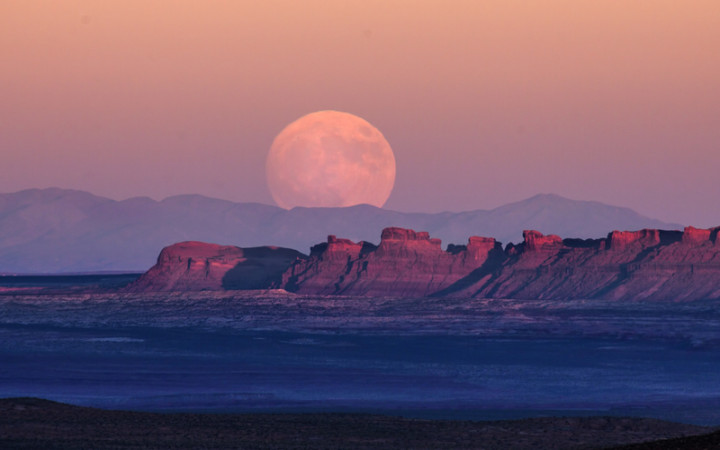Today’s Wonder of the Day was inspired by brodey. brodey Wonders, “Where do the American Indians live?” Thanks for WONDERing with us, brodey!
Have you ever learned about pioneers heading West in covered wagons? Maybe you’ve read books about settlers. Have you ever WONDERed, were there people living in the western U.S. before white settlers came? How did settlers get their land in the west?
When settlers came to the western U.S., American Indian tribes were already living there. Beginning in 1851, the U.S. government set aside some areas of land and forced American Indians to live there. These were called reservations. European-American, or white, settlers wanted new land to live on and farm. The western U.S. seemed like the perfect place. The problem was that American Indians were already living on that land. Making American Indians live on reservations left more land for white settlers to use.
When settlers and American Indians lived close to each other, there was often conflict. Living on reservations made it hard for American Indians to live as they always had. White settlers wanted American Indians to live and act as they did. In other words, they wanted American Indians to assimilate to white culture. When different groups blend in with the main culture of a place, it is called assimilation.
Assimilation was also the goal of the U.S. government. At the time, it was thought that it was the best way for different kinds of people to live together. Part of their plan for assimilation was changing the way that American Indians lived. Before the Dawes Act, most American Indians lived on tribal lands and owned their land communally—they all owned it together. Many did not live in the same place all the time. Instead, they moved around often. Settlers, on the other hand, owned land individually. In other words, each family owned their own land and worked on it by themselves. They stayed in their homes and did not move around.
As more and more settlers began to move west in the 1800s, there was more conflict with American Indians. In 1887, the government passed the Dawes Act to pressure American Indians to assimilate. The Act aimed to make it so that American Indians would own their land individually, the way white settlers did. The government would divide up the land that American Indians lived on and give some of it back to each person or family. The head of each family would get either 160 or 320 acres of land. 160 acres was for farming and 320 was for raising grazing animals like cattle. Only American Indians who agreed to this would be allowed to be U.S. citizens.
One problem with this, from the American Indians’ point of view, was that they did not want to live on individual plots of land and either farm or raise cattle. They wanted to live according to their culture and traditions. Another big problem was that when the government divided up their land, the tribe lost a lot of area. When the head of each family got their piece of land, there was a lot left over. The government took those plots and sold them to settlers.
In all, American Indians lost more than 90 million acres in this way. Before the Dawes Act, tribes had controlled about 150 million acres—so most of their land was taken from them. Many times, tribes were not even paid for the land that was taken. When they were paid, they were not given the full value for their land.
There were other effects of Dawes. One was that many American Indians got land meant for farming that was not good farmland. They could not raise crops there. There was also not enough land for American Indian families to pass down to their children. Many American Indians became poor because of the Dawes Act. But one of the biggest effects of Dawes was the change to American Indian cultures. Tribes that had lived one way—moving around and owning land together—were made to live another way. Their cultures were changed forever.
The Dawes Act stayed in effect until the 1930s. Then, the U.S. Indian Reorganization Act ended the rules of the Dawes Act. The government could not undo the harms that Dawes had caused, though. What would you have done differently?
Standards: CCRA.R.1, CCRA.R.3, CCRA.R.4, CCRA.R.6, CCRA.R.10, CCRA.W.3, CCRA.W.4, CCRA.L.1, CCRA.L.2, CCRA.L.3, CCRA.L.4, CCRA.L.5, CCRA.L.6, C3.D2.His.2, C3.D2.Civ.3, C3.D2.Civ.4, C3.D2.Civ.8




